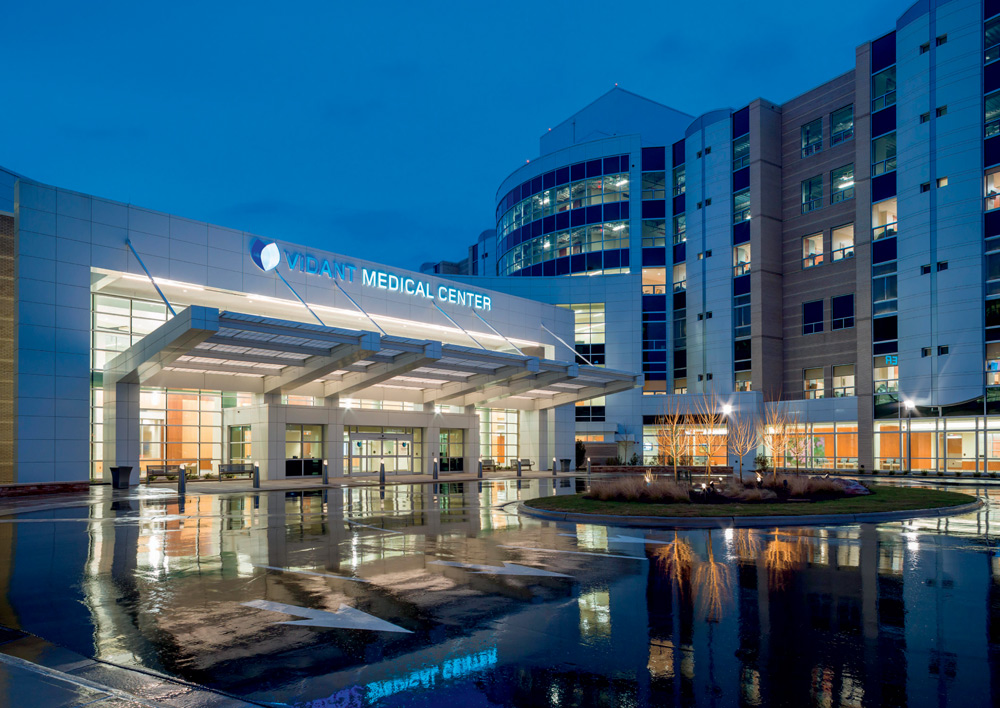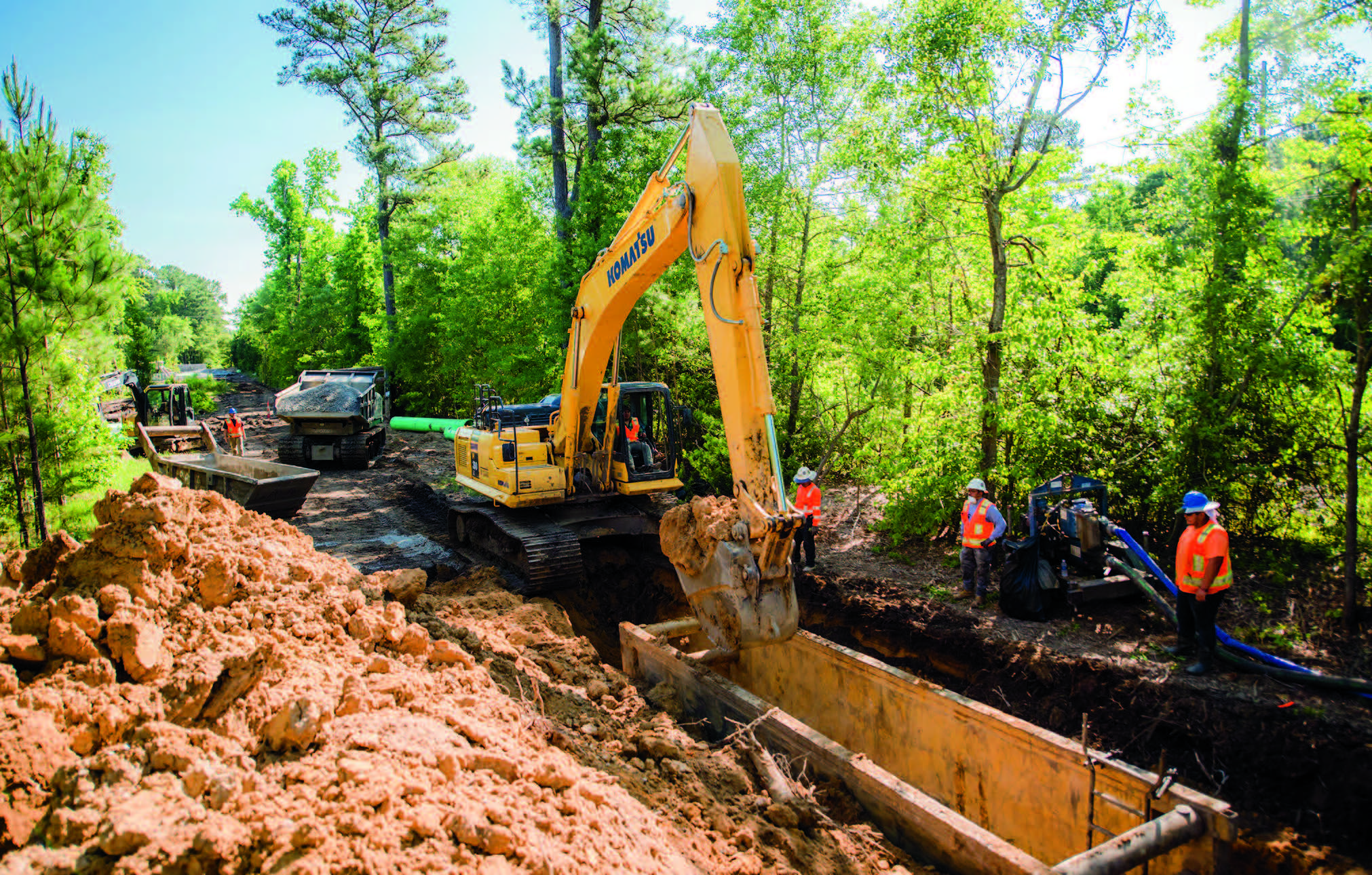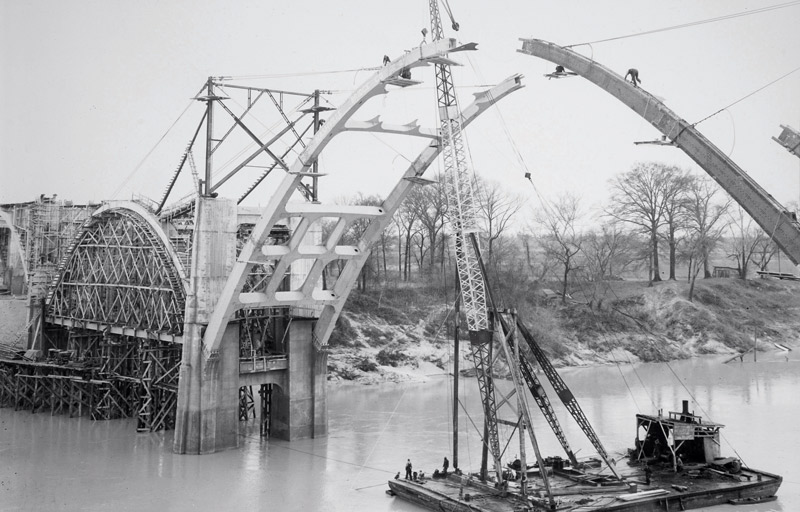
Our History
T. A. Loving Company’s story is one of innovation and transformation. From bridges to waste water treatment plants, education buildings and medical centers to athletic facilities, we’ve completed projects for customers across a range of industries for 100 years. We’re an award-winning contractor with a deep portfolio and a reputation for success.
But success doesn’t happen overnight. Our story begins with a small, family-owned construction company’s knack for building railroad bridges. Take a look:
1920s
Foundations of Success
- At just 26, Taylor Abbitt Loving founded T. A. Loving Company in Goldsboro, NC, in 1925 after leaving Culpepper, Virginia.
- The company quickly earned a reputation for infrastructure projects, including bridges, roads, utilities, and buildings.
- Early milestones included the construction of a railroad overpass near Fremont and a major railroad crossing over the Roanoke River in Weldon, NC.
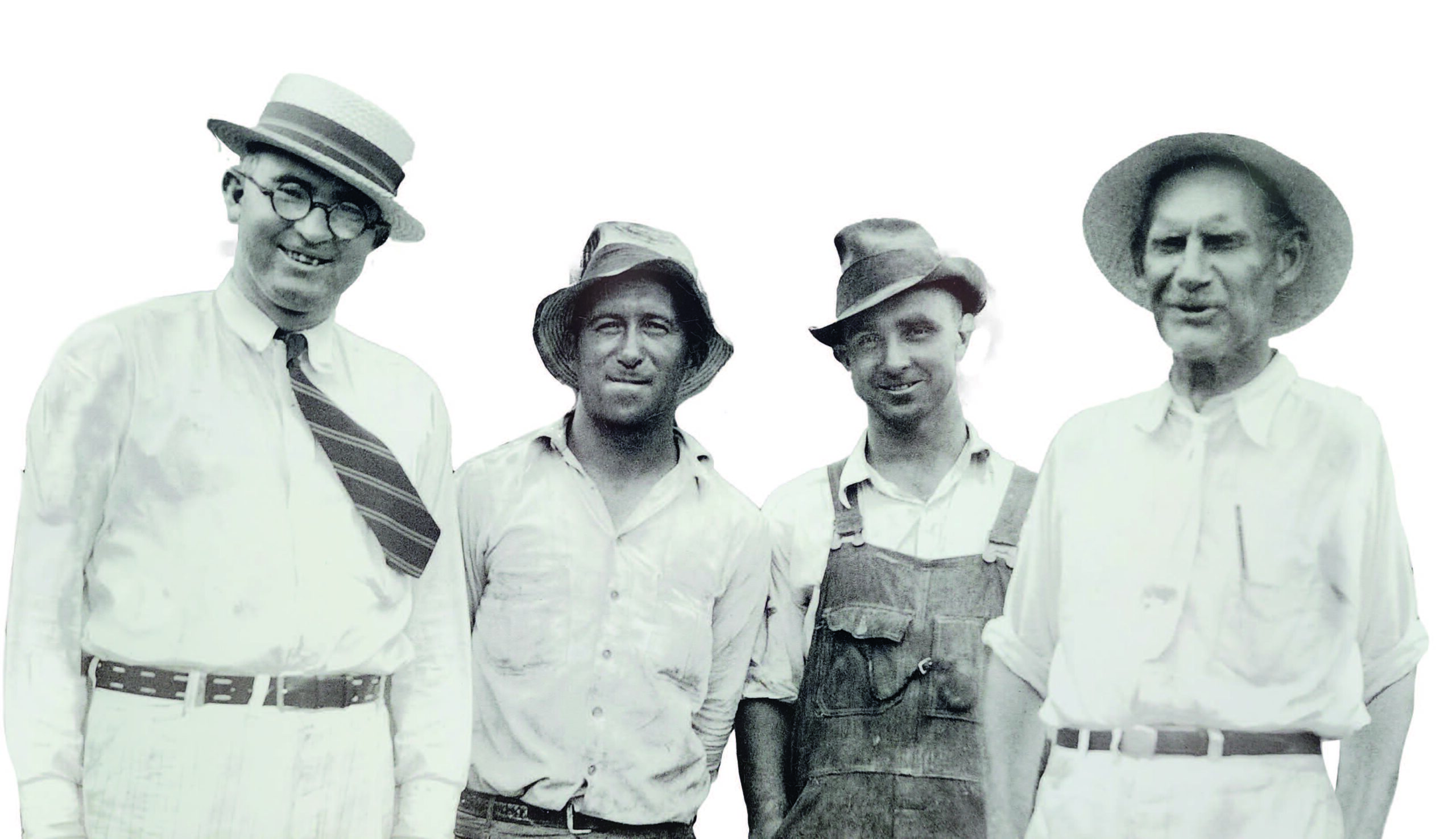
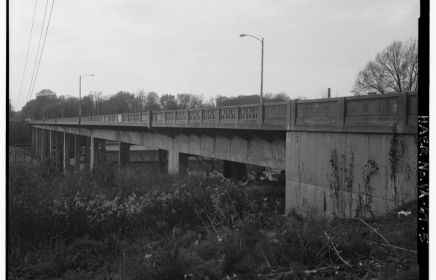
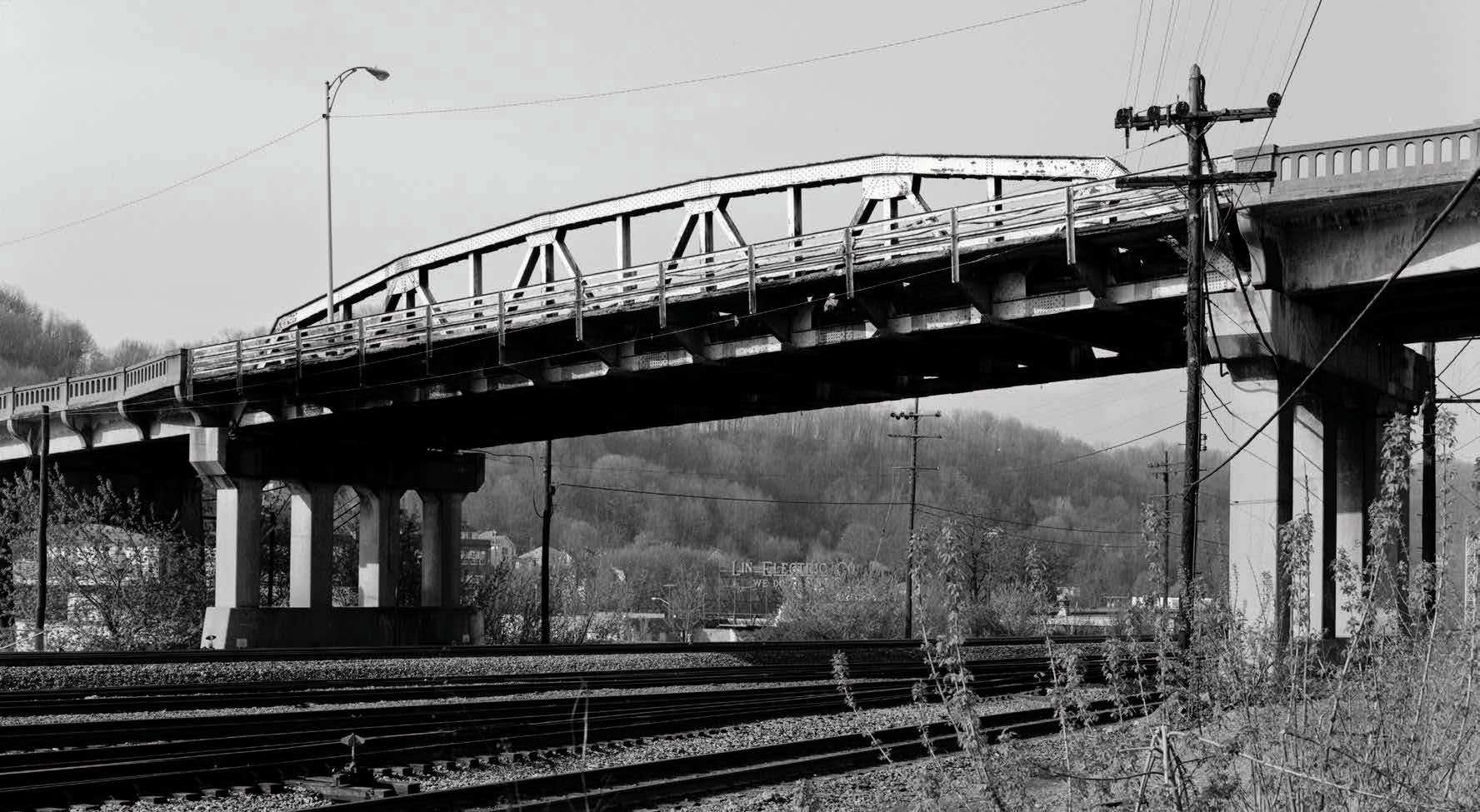
1930s
Building Through Adversity
The Great Depression tested businesses nationwide, but T. A. Loving endured by taking on essential projects like waterworks and municipal infrastructure. During this challenging time, the company solidified its role as a reliable partner for critical public works, laying the groundwork for the decades of expansion ahead.
- In 1933, T. A. Loving Company securing projects like the 5th Street Viaduct in Richmond, VA.
- The company completed its first higher education project in 1935 with Marshall-Wythe Hall at the College of William and Mary.
- It played a vital role in WPA-funded projects, such as the Morehead City port terminals.

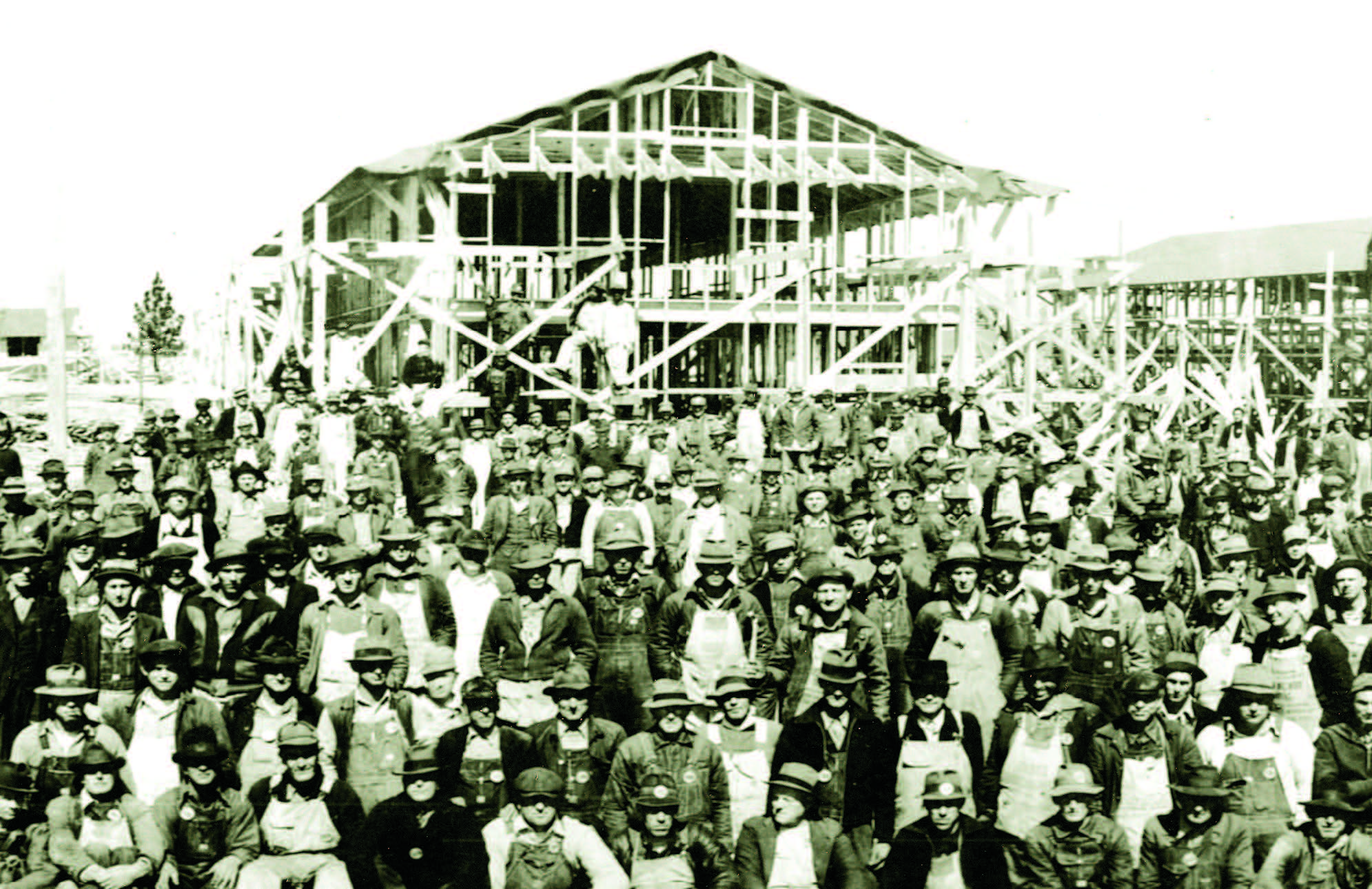

1940s
Supporting the War Effort
As the nation entered World War II, T. A. Loving adapted to meet the needs of a country at war. The company contributed to military infrastructure projects, supporting the war effort and helping build bases and facilities that became vital to national defense. These efforts not only strengthened the company’s portfolio but also its sense of purpose.
- In 1942, T. A. Loving Company constructed military installations like Fort Bragg (now Fort Liberty), Cherry Point, and Camp Lejeune, employing over 20,000 workers at the height of the war.
- Notable projects included the Edmund Pettus Bridge in Selma, AL, completed in 1940, later becoming a landmark of the Civil Rights Movement.
- After Taylor Abbitt Loving’s passing in 1947, Raymond A. Bryan became President, steering the company into a new era.
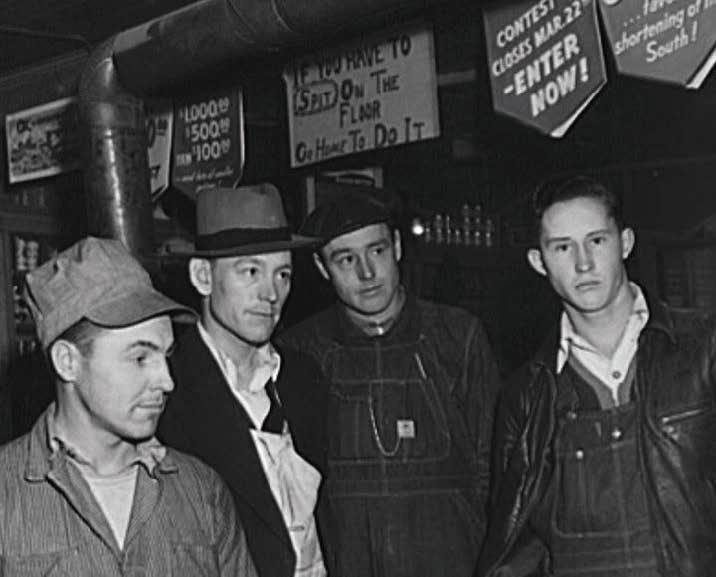
1950s
Expanding Horizons
The post-war boom brought opportunities for growth, and T. A. Loving Company rose to the occasion. This era saw the company expand its capabilities, taking on larger and more complex projects. From schools to hospitals, T. A. Loving played a pivotal role in shaping the post-war infrastructure that supported North Carolina’s thriving communities.
- T. A. Loving Company entered the paving business and expanded its expertise in utility work.
- The company contributed to East Carolina University’s campus development.
- 1951: Wins a $22.7 million contract for troop housing at Fort Knox, KY, in a joint venture.
- Residential projects like Cameron Village, Raleigh’s first master-planned community, highlighted the decade.
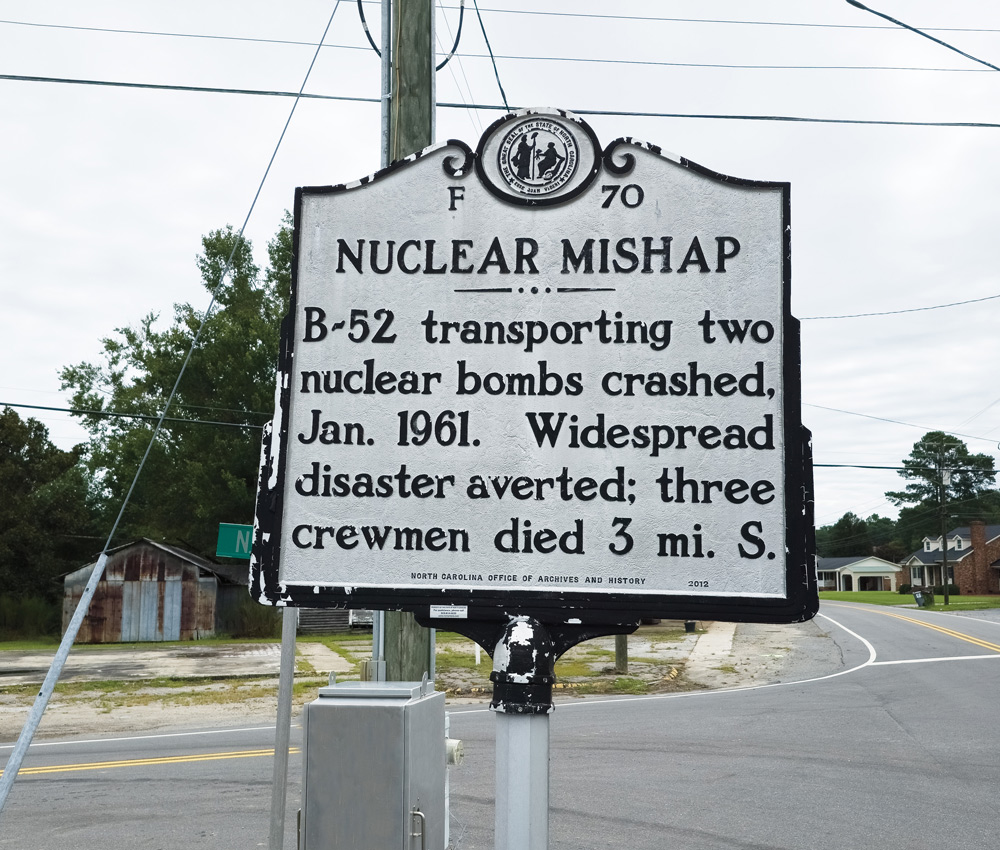
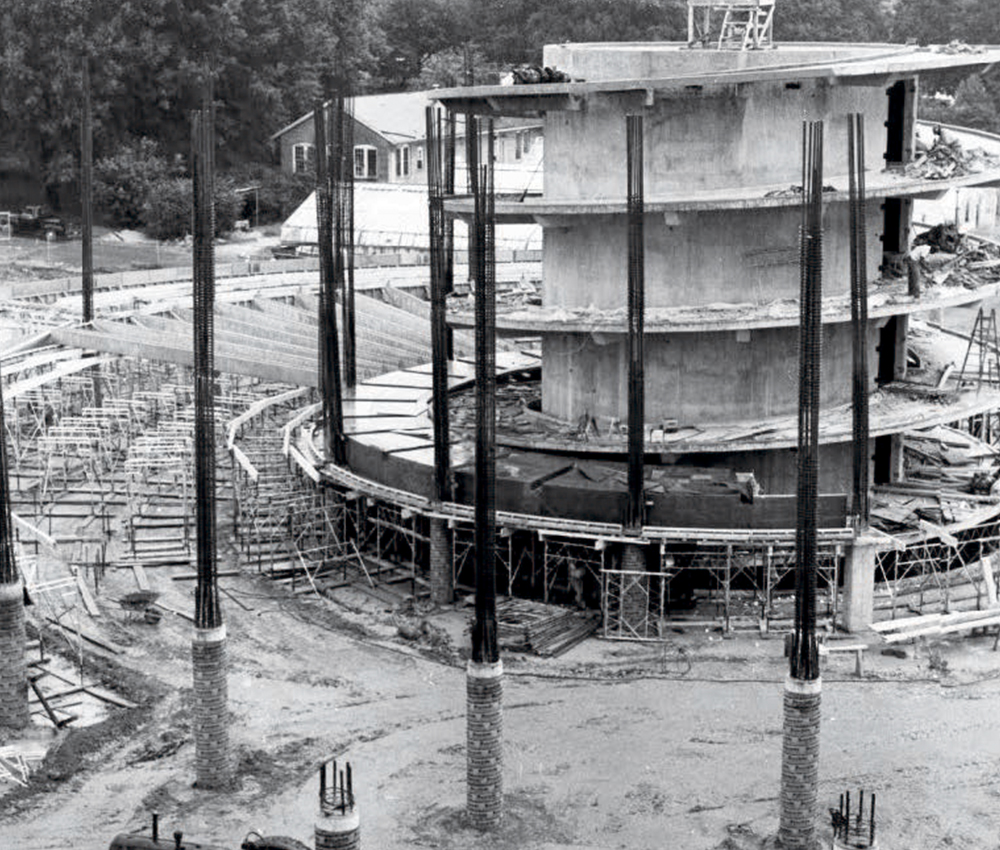
1960s
Engineering Innovations
The 1960s showcased T. A. Loving’s engineering expertise with high-profile projects at NC State University, including Harrelson Hall and Dabney Hall, which helped modernize the campus. In transportation, the company delivered transformative projects like the Emerald Isle Bridge (1969) which spans across Bogue and Albemarle Sounds, connecting communities in critical ways.
- In 1960, T. A. Loving completed a six-story building for Wachovia Bank and Trust in Wilmington, NC.
- But perhaps the most extraordinary challenge of the decade came in 1961 when T. A. Loving was called upon to assist the Air Force in locating remnants of a nuclear bomb near Goldsboro. This high-stakes mission highlighted the company’s resourcefulness and willingness to step up for critical tasks beyond traditional construction.

1970s
Cementing a Legacy
During the 1970s, T. A. Loving Company continued its commitment to innovation and infrastructure development. The company worked on significant water treatment facilities and expanded its expertise in healthcare construction. These projects reflected a growing focus on improving the quality of life for North Carolinians, ensuring access to clean water and modern medical care.
- 1970s: Establishes a proactive safety policy ahead of OSHA regulations, cementing its commitment to workplace safety.
- 1977: Builds an emergency water line during a drought, helping connect Hillsborough to Chapel Hill.
- 1979: Completes the West Norfolk Bridge in Portsmouth, VA.
1980s
Expanding Expertise
By the 1980s, T. A. Loving Company had grown into a versatile construction leader, taking on projects that shaped North Carolina’s landscape. From large-scale educational facilities to industrial developments, the company’s work reflected its ability to adapt and excel across diverse sectors. This period reinforced its position as a cornerstone of the state’s progress.
- T. A. Loving Company laid five miles of pipe for a water treatment plant in Raleigh in 1980 with the work running through the golf course at North Ridge Country Club.
- 1983: Recognized by Engineering News-Record as one of the top 400 construction companies in the U.S. The company was regularly featured on Engineering News-Record’s Top 400 Contractors list and became a fixture on The North Carolina 100 list of largest companies.
- From 1931 to 1981, the company was headquartered in the Wayne National Bank Building, a nine-story structure that opened in 1924 at the corner of Walnut and James Streets in Goldsboro (it was later owned by Wachovia Bank).

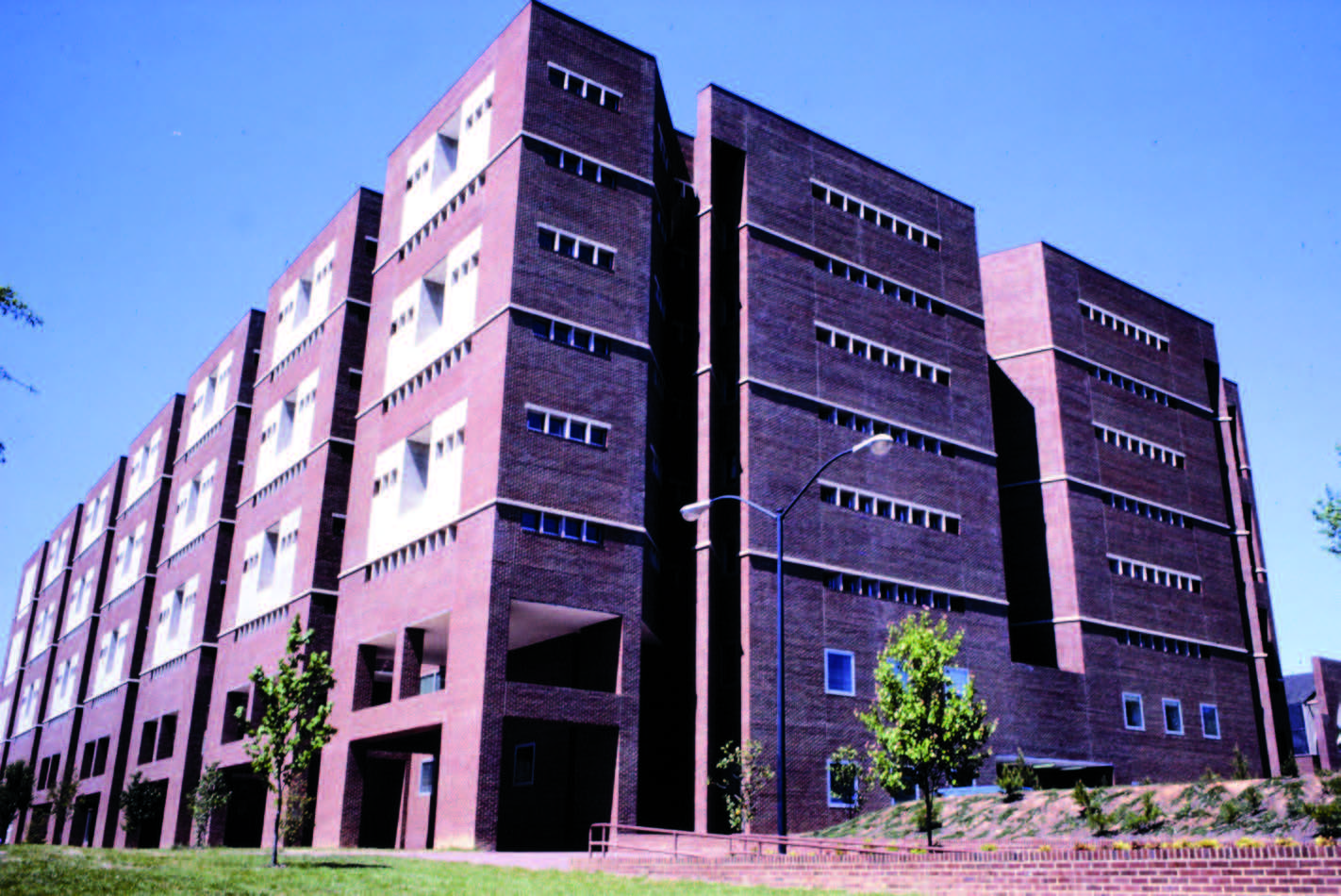
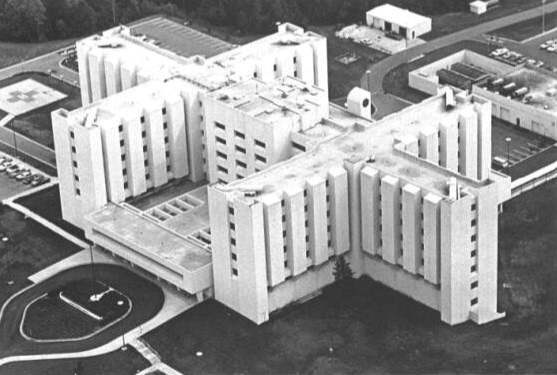

1990s
Building for the Future
The 1990s were marked by large-scale infrastructure and public works projects. T. A. Loving focused on improving transportation systems and modernizing facilities to meet the needs of a rapidly growing population. The company’s expertise in bridge and water treatment plant construction made it an indispensable partner in projects that supported North Carolina’s continued development.
- In the 1990s, T. A. Loving Company built the Norman A. Wiggins School of Law and renovated an adjacent building that traces its roots to the early part of the 1900s.
- In 1993, T. A. Loving Company constructs the second Currituck Sound Bridge, a three-mile-long structure.
- There was a lot of storm repair over the years, particularly from many hurricanes in the 1990s and early 2000s.
2000s
Embracing Innovation
As the new millennium began, T. A. Loving Company embraced innovative technologies and sustainable practices. The company completed state-of-the-art healthcare facilities and complex infrastructure projects that served growing urban and rural communities alike. These efforts positioned the company as a leader in delivering solutions for the modern world.
- In 2002, the Outer Banks Hospital in Nags Head opened as a joint venture between ECU Health and Chesapeake Regional Healthcare, becoming the closest hospital and maternity ward to Elizabeth City.
- In 2003, T. A. Loving Company completed the Wendell H. Murphy Football Center at Carter-Finley Stadium for the North Carolina State University.
- T. A. Loving was hired by the City of Raleigh in 2005 to handle what was known as the “Fayetteville Street Renaissance.” Fayetteville Street in downtown Raleigh connects the State Capitol to the central business district. Dating back to the city’s first plan in 1792, Fayetteville Street played a crucial role in the city’s growth and economic prosperity.
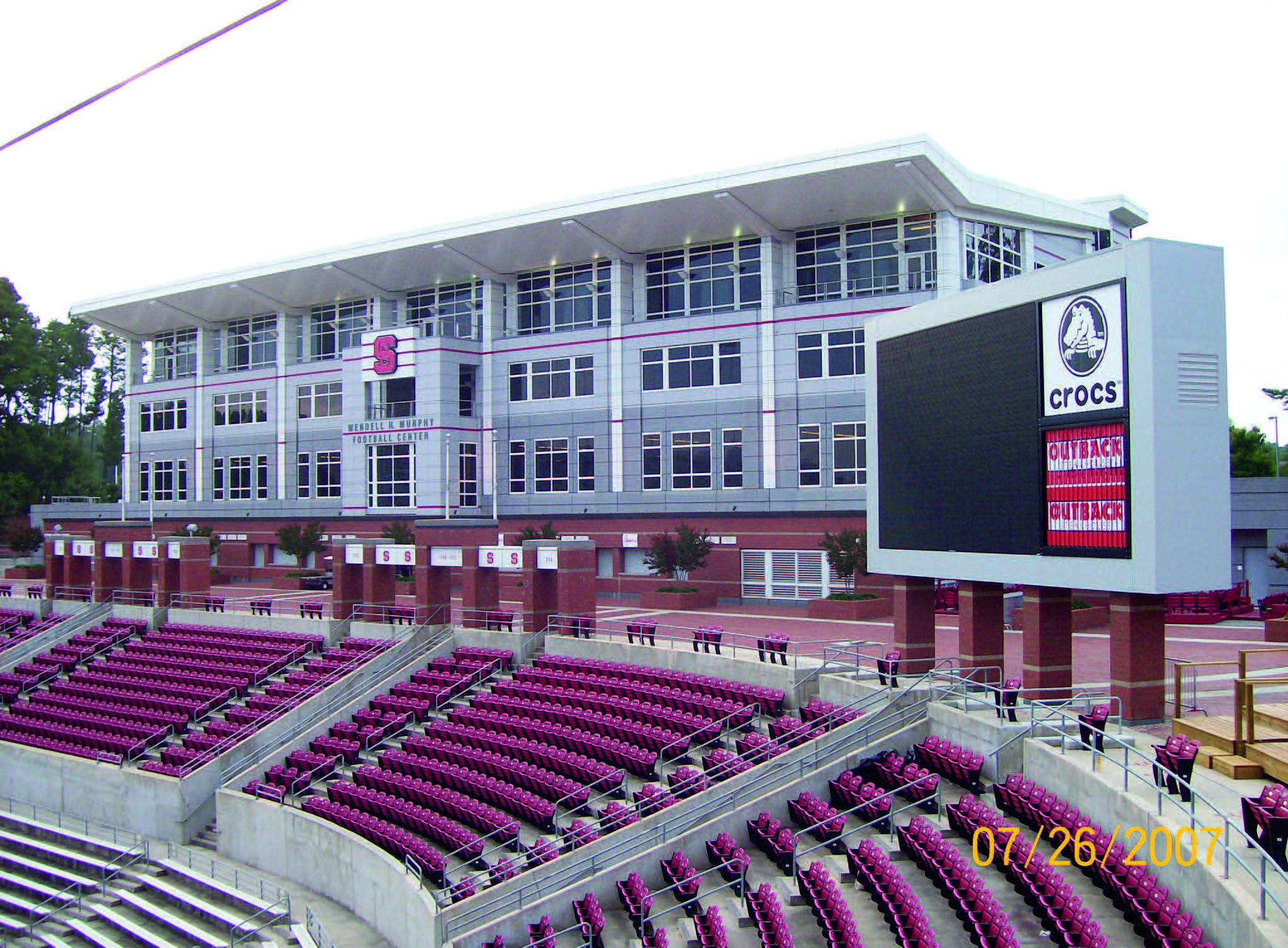
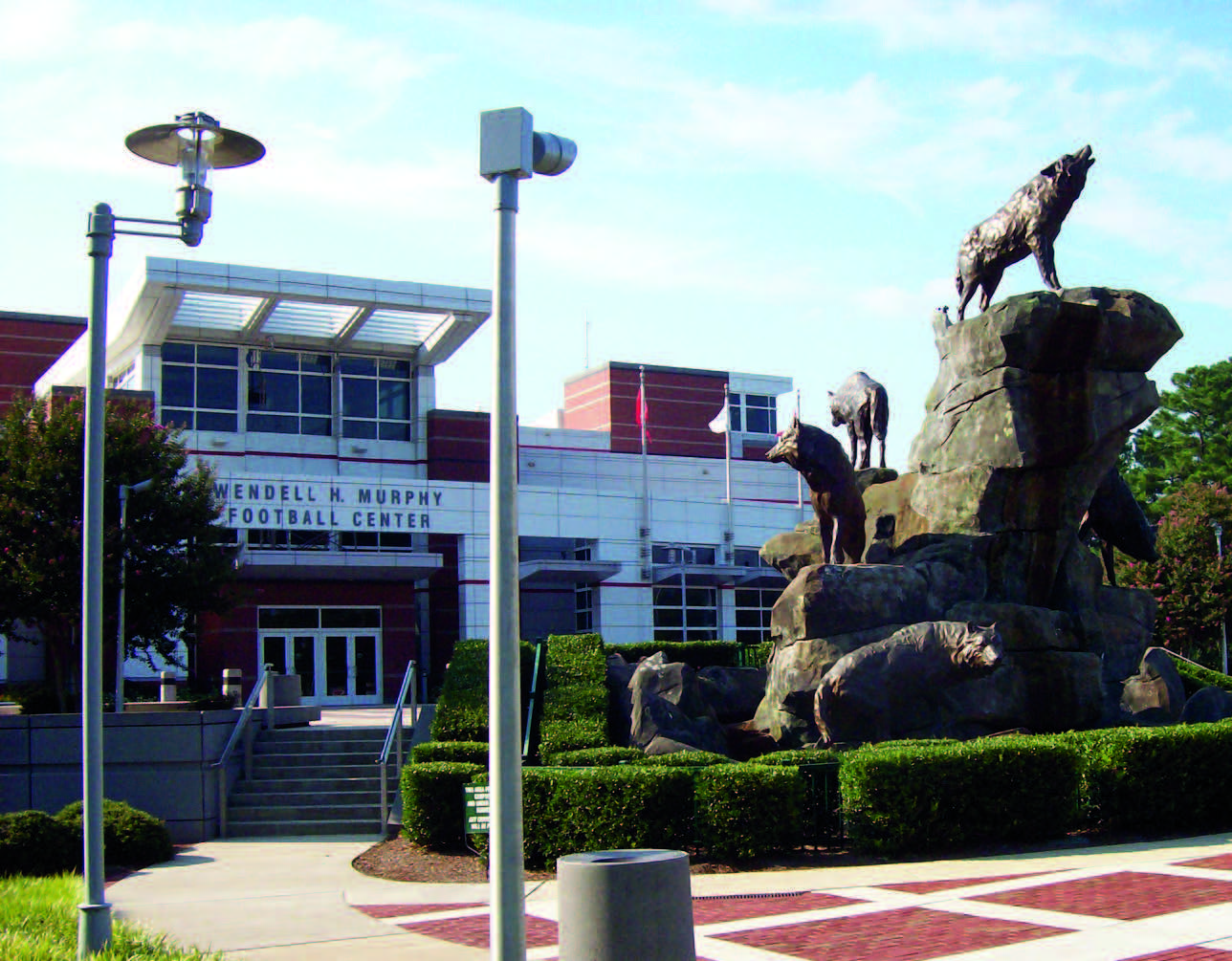

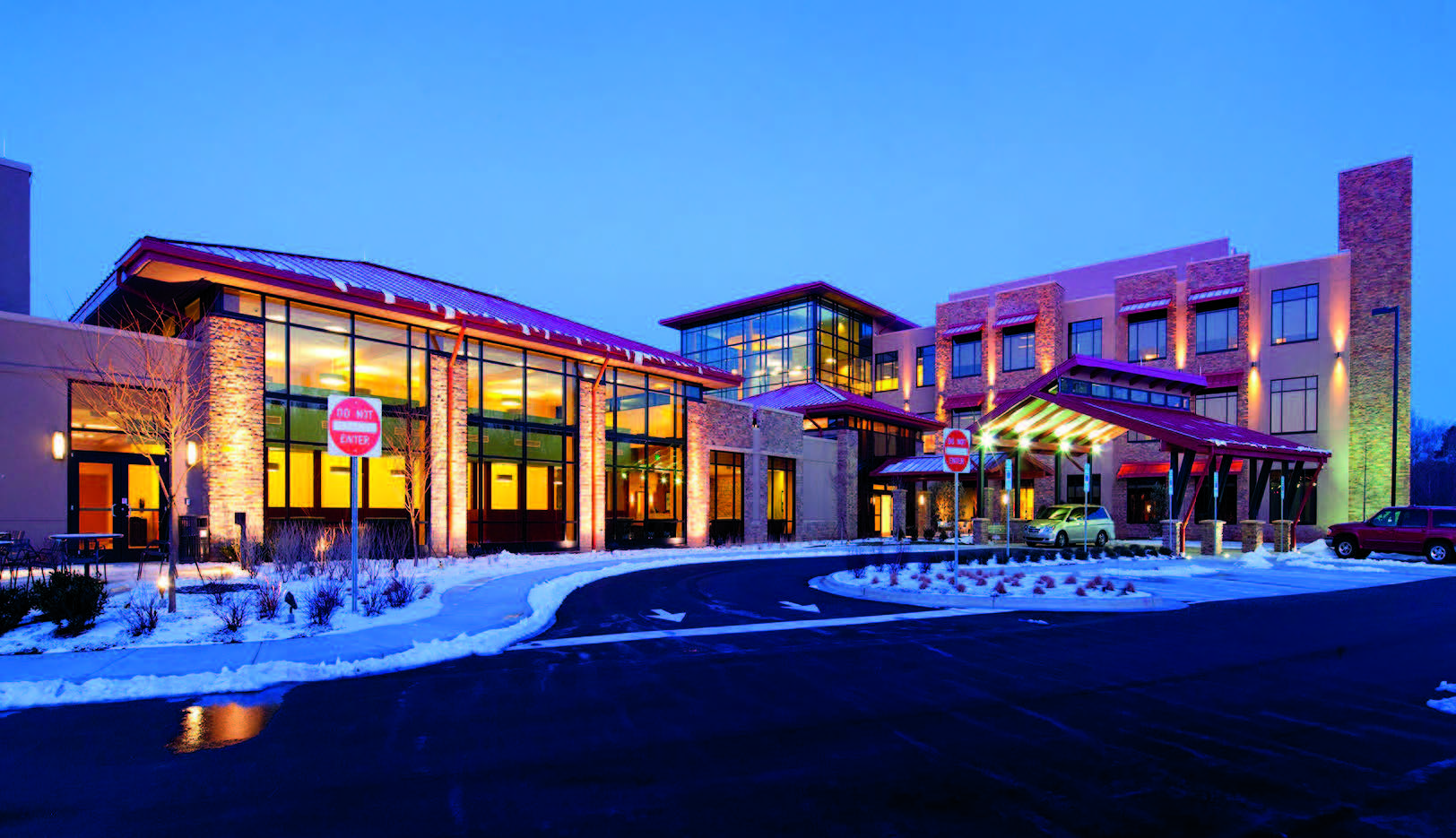
2010s
Strengthening Communities
In the 2010s, T. A. Loving focused on projects that directly impacted local communities, from schools and hospitals to public utilities. The company’s work reflected its enduring commitment to improving lives, blending tradition with innovation to meet the challenges of a changing world. This decade was also a time of growth, as the company strengthened its expertise and expanded its reach.
- In 2011, T. A. Loving completes the Loudermilk Center for Excellence at the University of North Carolina at Chapel Hill. The 200,000 square foot, 6-story structure was built during seven home games between the end zone and the Rams Head parking deck.
- The company’s business in the Triangle region continued to expand as the 2000s evolved, and in April 2019 the company opened an office on Glenwood Avenue in Raleigh.
2020s
Building on a Century of Excellence
Entering its second century, T. A. Loving continues to evolve and innovate. The company has embraced new technologies and sustainable practices, delivering projects that meet the needs of today while preparing for tomorrow. From advanced healthcare facilities to critical infrastructure, T. A. Loving remains dedicated to shaping the future of North Carolina and beyond.
- 2020: T. A. Loving wins the opportunity to build the UNC Medical School’s new Medical Education Building. This new building is located on the historic Berryhill Hall site. In 1969, T. A. Loving Company constructed Berryhill Hall. As a nearly 100-year-old firm, we find it bittersweet to demolish a building our team constructed over 50 years ago.
- T. A. Loving in 2022 maintained three offices—its headquarters in Goldsboro and satellite offices in Raleigh and Wilmington.
- In July 2023, ninety-eight years after the company’s launch, brothers T. A. and John Loving would be inducted as Legacy Members into the Carolinas Associated General Contractors Hall of Fame during ceremonies at the Grove Park Inn in Asheville. They joined fellow company officials Raymond Bryan Sr. and Sam Hunter, who had been inducted earlier (Hunter in 2017 and Bryan in 2020).
- 2025: Marks 100 years of T. A. Loving Company. The centennial highlights its enduring legacy in construction and its impact across the Southeast.
